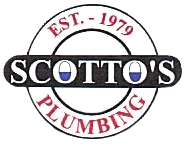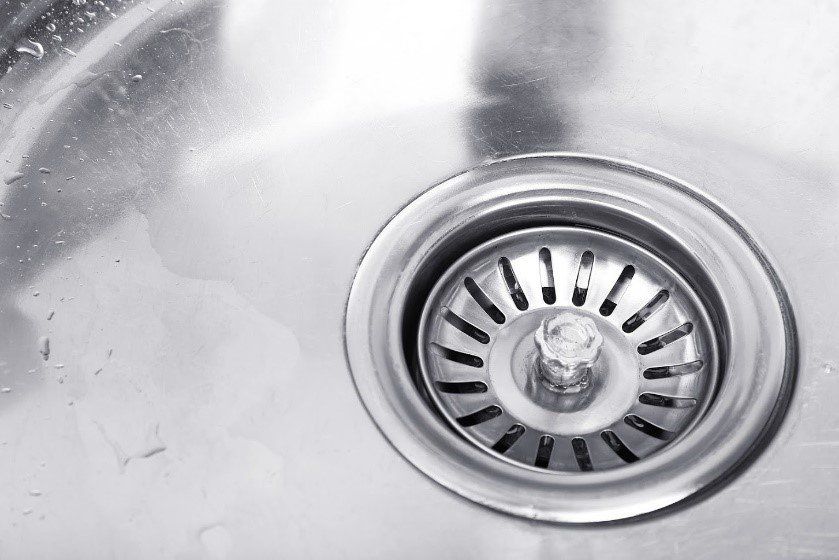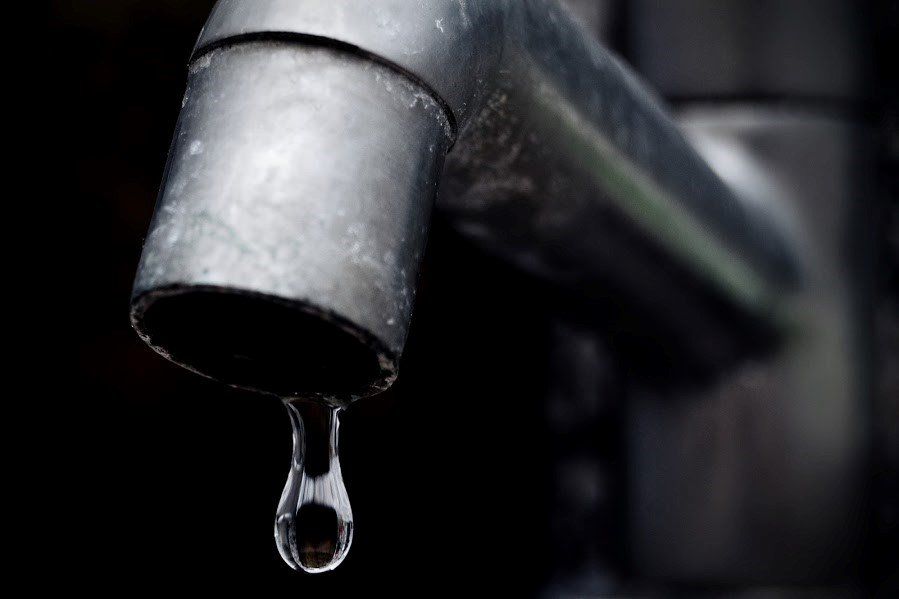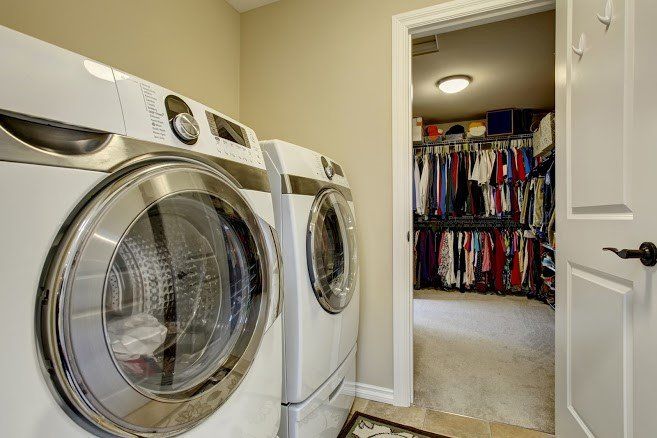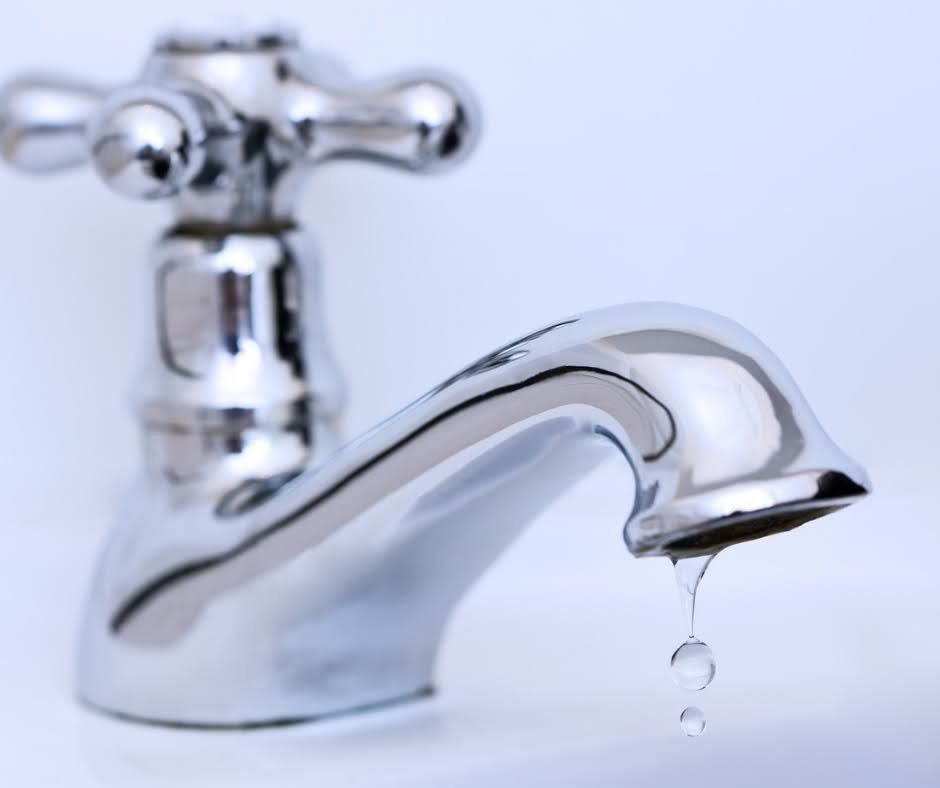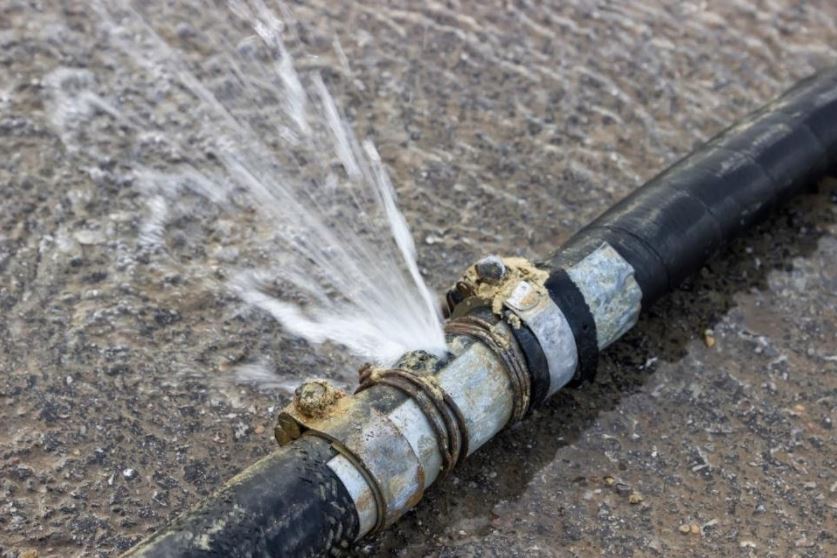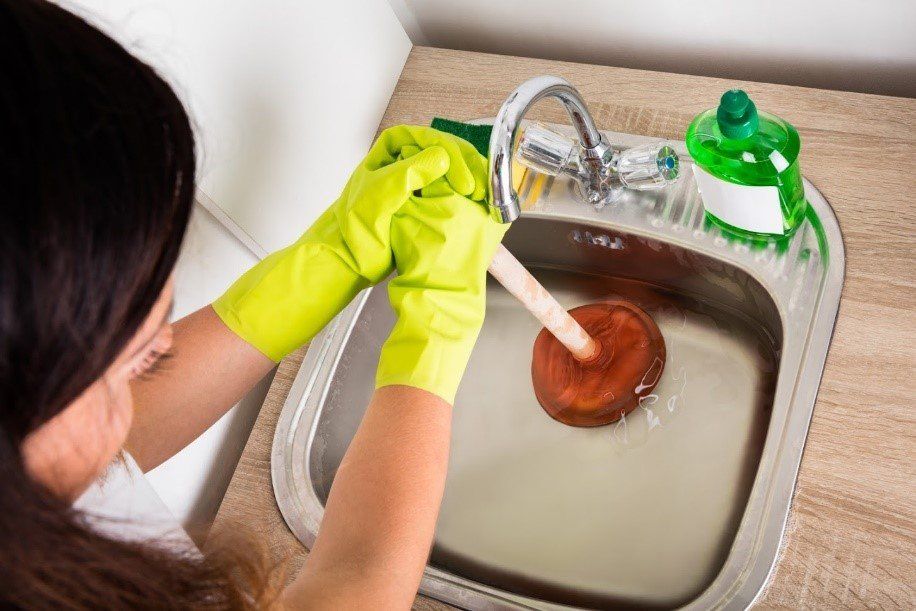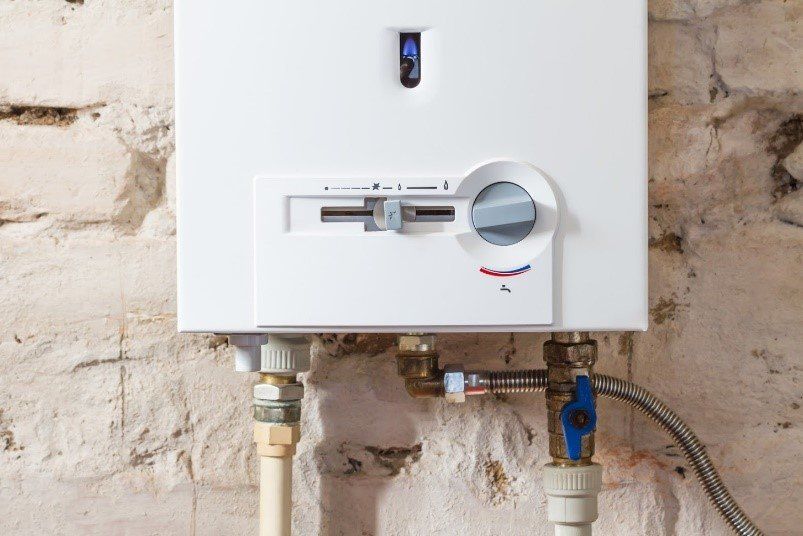Sewer Line Maintenance Tips
June 24, 2020
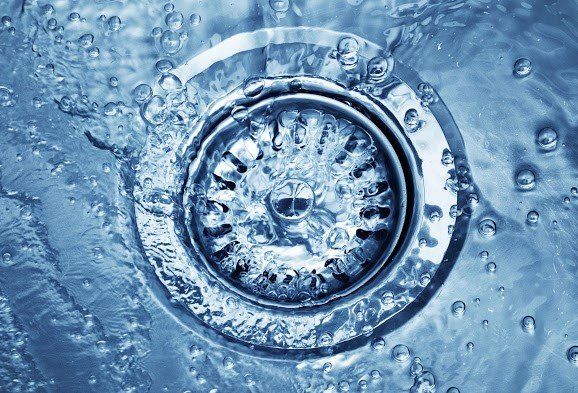
Sewer line backup is a common problem that affects many homeowners. When you and your family members continually flush water through the toilets, sinks, and bathtubs, the sewer line sometimes gets clogged. Excessive pressure to the sewer line and debris in the wastewater also affects the drain flow.
If your toilet won't flush, your drain smells, or water is backing up in your tub, shower or sink, then you need a plumber to check your sewer line. You also need to adopt appropriate maintenance strategies to avoid these issues. Here are sewer line maintenance tips to keep in mind.
Watch What You Drain
You need to pay attention to the following areas.
Kitchen Sink
You should dispose of food particles from dishes before you place them in the kitchen sink. However, greasy substances such as oil or ketchup tend to stick on plates, and they may find their way into the drain. Some cleaning agents may also contain grease that could affect your drain flow.
You should, therefore, run cold water for about twenty seconds after you have done dishes. The water will push the grease into the main drainage to prevent flow issues. The amount of grease found in sewer lines from kitchen sinks can add up, and therefore you should prevent build up at the initial stage.
Remember to also watch what you put in your garbage disposal. Your garbage disposal only allows you to shred only particular food wastes like vegetable scrap. It cannot process all types of waste.
Toilet
Your toilet should only drain flushable waste. Avoid throwing in diapers, feminine hygienic products, wet wipes and other non-flushable things because they will clog the sewer line.
Clean the Drain Regularly
Sewer line blockages are unpredictable, and you can't tell the magnitude of the build-up. You should hire professional cleaning services regularly to remove grease and other debris before they accumulate and block your sewer line. This service will help you save money that you would have used on extreme repairs that came as a result of neglecting your sewer line.
Plant Trees Away from Your Sewer Line
If you love nature and would love to have trees in your property, you should plant them away from your sewer line. Tree roots naturally grow towards water sources, and thus they might penetrate your pipes through cracks to access the wastewater.
Root blockage can shut down your sewer line entirely and cause sewage to back up. If you must grow trees near your drainage system, then consider types with shallow roots to prevent these problems.
Replace Old Lines
Know what your sewer line is made of. If you home is over 20-years old your sewer line could be made out of clay piping, Orangeburg piping or cast iron piping. All of these old types of sewer line material are no longer to code because they are prone to failure; clay piping becomes brittle and cracks, Orangeburg is a tar paper material that wears out over time and cast iron piping develops metal splinter which allow toilet paper to catch and collect inside the pipe.
If your sewer line has been serving you for more than twenty years, you may need to replace it to avoid recurrent problems. The plumbers will install a modern sewer line that is made of advanced materials that are hard for elements, such as roots, to penetrate.
Despite observing these maintenance tips, some sewer line problems might still occur. If you notice any problems with your drains and plumbing systems, we can help you fix the problem. Our company provides reliable plumbing services to ensure your plumbing systems and fixtures work effectively. Contact us
today for quality services.
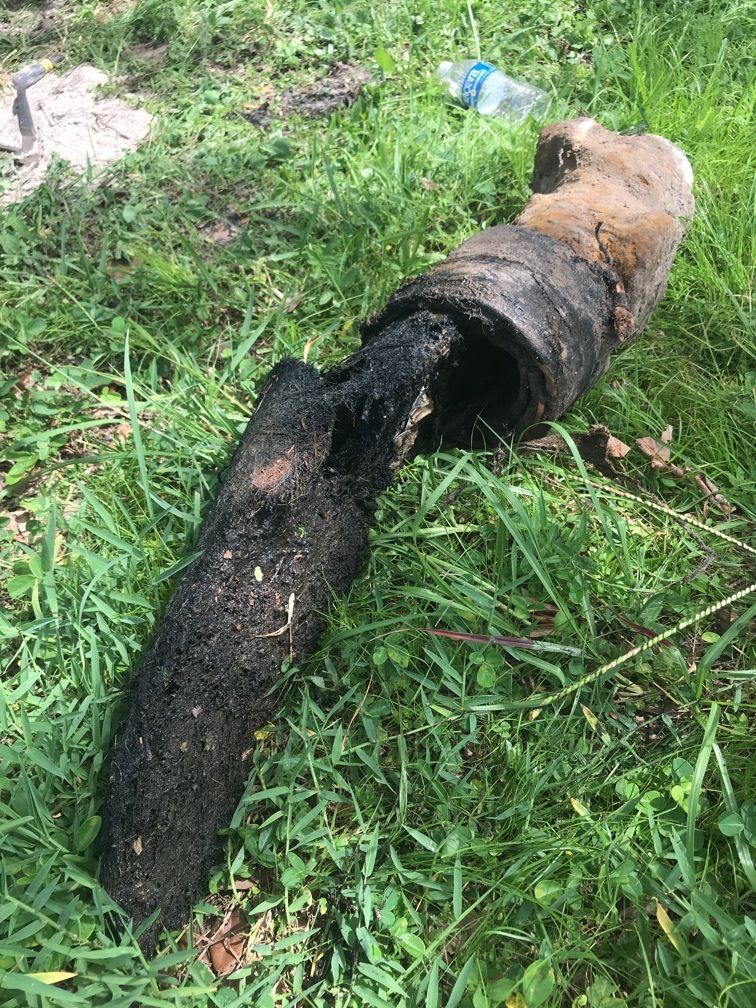
Sometimes, plumbing problems are caused by things we can see- like a clogged drain or an overflowing tub. However, these aren't always the root of the problem. While these are easy to fix, there is another dangerous plumbing issue that you should be aware of: roots in pipes. It may sound strange, but it's not unusual for roots to find their way into plumbing systems and cause a major headache. Root infiltration into your sewer lines can cause serious problems if not treated quickly and efficiently. Roots growing in sewer pipes can clog drains, back up wastewater, and even completely destroy pipes. You should be aware of the signs of roots in your pipes so that you can take quick action before the problem gets worse. Why Do Tree Roots Grow Into Pipes Tree roots grow into pipes for several different reasons. One potential cause is they are seeking something they need to grow, such as water or nutrients. Another common cause of tree roots growing into pipes is because they are already there! Many older homes have been around for decades, and trees have had plenty of time to grow in them. Roots can easily find their way into a sewer line and cause damage. Tree roots can also get into your system if you recently moved near a mass of trees. Pipes last only about 30 years, so make sure to check for leaks every year. There are numerous colors, shapes and sizes of tree roots. Roots grow every day and can even cause major blockages once they grow large enough to occupy the entire inside diameter of the pipe. Speaking of growing: They can grow about an inch or more a day and can travel through the smallest spaces to get to water. Some roots even split once they get deep enough in search of more nutrients. Even though tree roots don't consume as much water as household items as toilets do, their constant intake is still enough to give you a headache or two. Tree roots suck up water through their pores to survive, much like we do. The difference is that tree roots need more water than humans do. While humans need at least one liter of water per day for survival, trees require anywhere from 10 - 100+ liters of water every day! Signs You Have Roots In Your Pipes There are several signs to look for in the case of roots growing into your pipes. The first sign of root intrusion is if your home has a slowly draining water system. The second sign of a root in your sewer pipes is gurgling sounds coming from your toilet. Another sign is finding patches of grass that are much greener than the surrounding grass. That green grass is likely benefiting from the extra water and nutrients from the intrusion. A sunken area in the yard can often be a sign of a root intrusion. As the roots create a hole in the pipe, the surrounding dirt is washed into the city sewer. While the hole may seem small, they can create mini sinkholes which can be quite dangerous. If you do find an issue with roots in your plumbing system, it's important to call a professional plumber immediately and have the problem taken care of before you end up with a large issue on your hands. Scotto's Plumbing can perform a camera inspection to confirm the presence of roots and remove them. Preventing Roots From Entering Pipes To prevent tree roots from entering your plumbing system again, you should make sure that the trees or plants near your home are not feeding off of your water. There are a few ways to do this: Install a rain gutter to collect rainwater from nearby trees and plants. This will keep them from absorbing any of the water. Create a barrier around your house with a layer of gravel at least 3 inches thick. Be sure that it extends at least 12 inches past the perimeter of your home. The best way to create a barrier is by using four layers; the first two layers should be made up of washed gravel (gravel stones that are clean on one side), while the last two layers should consist entirely of cobble (granite-like rocks). Roots from nearby trees and plants can grow into your plumbing system, which is why you need to keep a close eye on the roots that are coming in contact with or touching your pipes. If you notice any signs of an invasion (slow draining or toilet gurgling), it's time to call in professional help to get rid of them before they cause more serious damage than just some unpleasing odors! Scotto’s Plumbing has been providing quality plumbing service to Pinellas County residents for more than 40 years. Contact us today at 727.581.5828 for all of your plumbing needs.

Welcome back to The Sunshine State. While you were away, your plumbing system sat dormant, which can cause major problems. Before you throw on your flip flops and hit our sandy beaches, or head out for a round of golf, spend a little time checking the following items: Shut off Valves: To ensure your shut off valves aren’t stuck or leaking, turn them on and off at the toilets, sinks, and washing machines. Run water for several minutes to ensure there are no drain issues or leaks in your showers, tubs, sinks and washing machine. Flush all toilets. Run hot water in sinks and showers. Check water heater tank for leaks Check exterior hose connections for leaks Check ice maker line to it’s connected correctly and not leaking Run garbage disposal Don’t forget to check other plumbing components, like a water softener, utility sink, or reverse osmosis/drinking water system at your kitchen sink. If you have any problems or concerns, give us a call at 727.581.5828.
